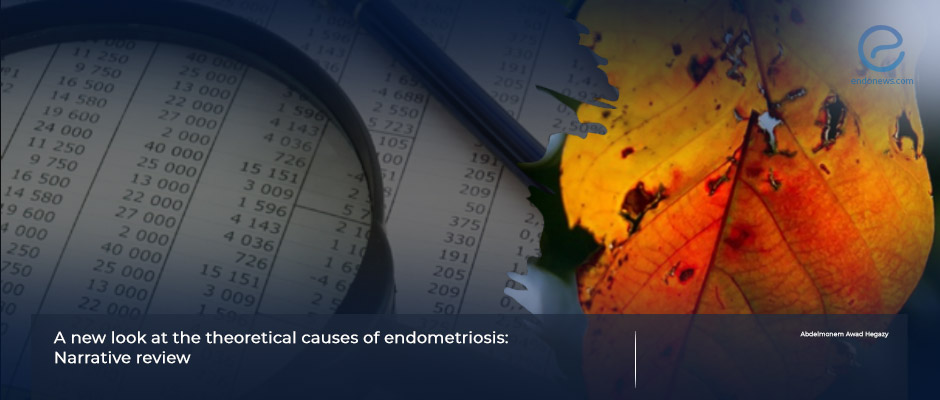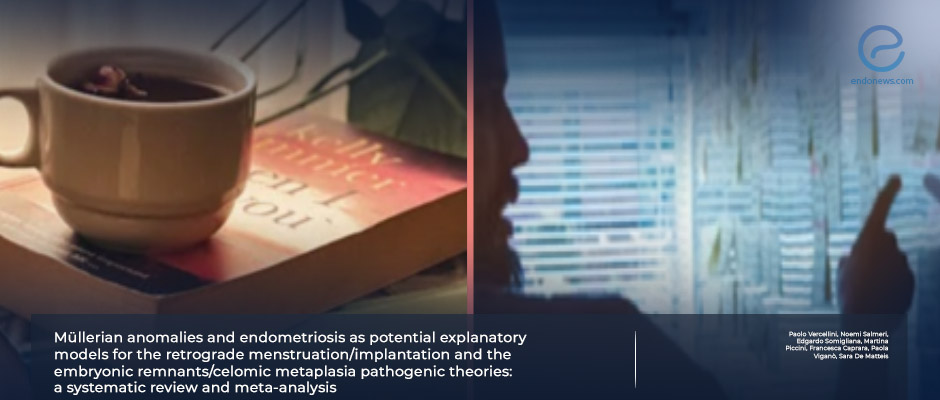Endometriosis: Investigating Theoretical Causes and Pathogenesis
Understanding the etiology of endometriosis is crucial for preventing its occurrence and minimizing the significant health burdens it imposes on women. As current treatment options are limited and often lead to severe side effects, identifying potential causes can empower women…
Key Points Lay SummaryRetrograde Menstruation Theory Through Müllerian Anomalies
The pathogenesis of endometriosis is still under debate. Sampson also described this condition as "developmentally misplaced endometrial tissue" in 1925. To evaluate the theories of pathogenesis, Vercellini et al. from the Academic Center for Research on Adenomyosis and Endometriosis at…
Key Points Lay SummaryEndometriosis by Race
Endometriosis is usually diagnosed in reproductive-aged women with an incidence of approximately 10%. The most common presenting symptoms are dysmenorrhea, dyspareunia, chronic pelvic pain, and infertility in patients with endometriosis. Some risk factors have been identified for the development of…
Key Points Lay SummaryThe coelomic metaplasia hypothesis of endometriosis in MRKH cases
Endometriosis is defined as the localization of endometrial glandular and stromal tissue outside the uterine cavity and its incidence is approximately 10% in the general female population. Although the pathophysiological mechanism is not clearly understood, the implantation theory by Sampson…
Key Points Lay SummaryEndometriosis Development: Pathogenesis and genomics
In this review recently published in the International Journal of Molecular Sciences, Baranow et al from Saint Petersburg, Russia, hypothesize the existence of an endometriosis development genetic program (EMDP) that governs the origin of endometrium stem cells programmed for endometriosis; their transition…
Key Points Lay Summary
 By Selma Oransay
By Selma Oransay


 By Hale Goksever Celik
By Hale Goksever Celik

